November 10, 2016
Research consortia involved in the Gulf of Mexico Research Initiative (GoMRI) self-organized a rapid response to characterize the waters around the Hercules 265 rig. They found evidence of an immediate response from the surrounding environment’s microbial community to elevated methane concentrations. Using radium isotope measurements, researchers created a timeline of bottom water exposure to the rig’s output. They published their findings in Deep-Sea Research II: Hercules 265 rapid response: Immediate ecosystem impacts of a natural gas blowout incident.
The Hercules 265 blowout occurred on July 23, 2013, releasing large quantities of methane into the northern Gulf of Mexico for two days. Members of five research consortia (ECOGIG, GISR, CWC, C-IMAGE, and CARTHE) went to the gas blowout site to study the impacts on the marine environment and better understand the nature and timescale of the microbial community responses. Researchers deployed surface drifters and collected water and nutrient samples just a few days after the initial blowout and returned approximately one month later to assess the area’s recovery.
The team’s estimates of methane presence suggested that the gas flow was greatly reduced or halted when the well self-sealed. They also observed clear biogeochemical evidence of a marine microbial ecosystem response, including a significant drawdown of dissolved oxygen to hypoxic conditions, the incorporation of methane-derived carbon into the food web, and measurable methane assimilation and nitrogen fixation rates. Measurements taken one month after the initial sampling showed that the ecosystem had returned to background conditions.
The researchers emphasized the importance of focused rapid response efforts and repeated sampling to further understanding of microbial responses to sudden environmental distress from oil and gas operations. Study author Sarah C. Weber commented, “Thanks to the coordinated efforts of researchers at sea and on land and colleagues from various consortia, we were able to begin sampling within just days of the blowout and collected unique datasets that told a coherent story about the blowout’s impact on the water column. This research is significant because it shows that a natural gas blowout can have a rapid and measureable impact on the local microbial community, as well as on the local oxygen, carbon, and nitrogen cycles.”
The study’s authors are Sarah C. Weber, Leigha Peterson, Jessica J. Battles, Brian J. Roberts, Richard N. Peterson, David J. Hollander, Jeffrey P. Chanton, Samantha B. Joye, and Joseph P. Montoya.
Data are publicly available through the Gulf of Mexico Research Initiative Information & Data Cooperative (GRIIDC) at R1.x132.134:0127; R1.x132.134:0066; R1.x134.073:0012; R1.x132.134:0032; R1.x132.134:0073; R1.x132.134:0074; and R1.x139.145:0012.
See related stories for more information:
- Rapid Response Study Characterizes Behaviors of Accidental Short-Term Oil Blowouts
- Scientific Dream Team Conducts Rapid Response Research at Hercules Gas Blowout
- Students Are Field Tested During Emergency Response To Hercules Blowout
************
This article was written by Maggie Danreuther of GoMRI, and originally appeared here.
This research was made possible in part by a grant from the Gulf of Mexico Research Initiative (GoMRI) to the Ecosystem Impacts of Oil and Gas Inputs to the Gulf (ECOGIG) consortium, the Center for Integrated Modeling and Analysis of Gulf Ecosystems (C-IMAGE), the Coastal Waters Consortium (CWC), the Gulf of Mexico Integrated Spill Response Consortium (GISR), and the Consortium for Advanced Research on Transport of Hydrocarbon in the Environment (CARTHE). Other funding sources included the National Oceanographic and Atmospheric Administration (NASA) Center for Sponsored Coastal Ocean Research Program (NGOMEX09).
The Gulf of Mexico Research Initiative (GoMRI) is a 10-year independent research program established to study the effect, and the potential associated impact, of hydrocarbon releases on the environment and public health, as well as to develop improved spill mitigation, oil detection, characterization and remediation technologies. An independent and academic 20-member Research Board makes the funding and research direction decisions to ensure the intellectual quality, effectiveness and academic independence of the GoMRI research. All research data, findings and publications will be made publicly available. The program was established through a $500 million financial commitment from BP. For more information, visit http://gulfresearchinitiative.org/.
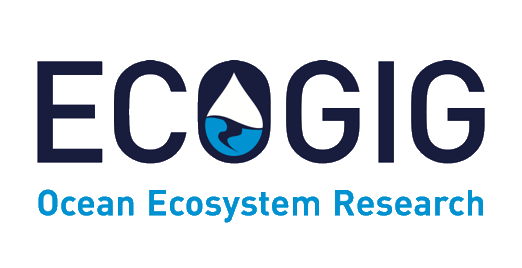

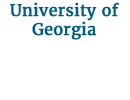








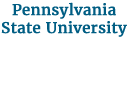

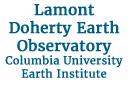

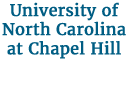


 back to top
back to top